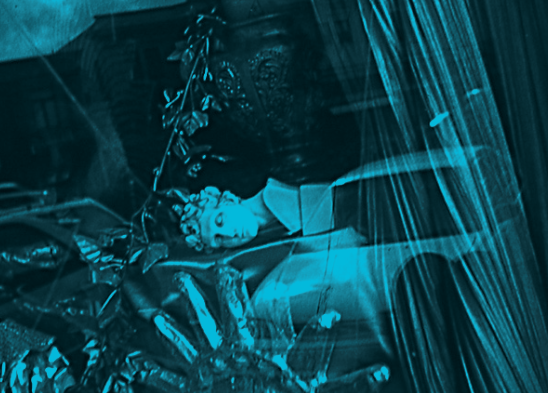Nathaniel Dorsky
Nathaniel Dorsky, born in 1943, lives and works in San Francisco. In the USA he is considered one of the great avant-garde film artists.
As early as 1964, Dorsky presented his first films in the style of psychodrama, which opened the doors for his pay job as a cameraman and editor of commercial films. But he soon abandoned the narrative element in favour of an intense look at the everyday events and phenomena of the city and nature, which he transforms into powerful visual experiences.
He particularly appreciates the use of light in the work of his idols John Ford, Yazujiro Ozu and Roberto Rossellini. To bring this to bear on the screen in its many variations, Dorsky still uses a 16mm Bolex camera, silence and a reduced screening speed of 18 frames per second, which results in a slight flickering. With his captivating image compositions, sometimes reminiscent of photographic still lifes, he joins the tradition of a Peter Hutton or Larry Gottheim.
Nathaniel Dorsky describes himself as a hunter and gatherer of shots that he accumulates free of any idea of how they will later be incorporated into a film. With his trained camera eye, he captures those sometimes wonderful moments that would otherwise go unnoticed. No visual trick alienates the clear cinematography; lyrical statements emerge and descend from the black in a rhythmic cadence. Nature studies of painterly quality, hymns to the fragile games of light and shadow stand next to anonymous faces in the crowd and short private portraits.
Program 1
Arbor Vitae (USA 1999, 16mm, 18fps, col, 28 Min., silent)
Alaya (USA 1976-87, 16mm, 18fps, col, 18 Min., silent)
Variations (USA 1992-98, 16mm, 18fps, col, 24 Min., silent)
Program 2
Threnody (USA 2003/04, 16mm, 18fps, col, 20 Min., silent)
Song and Solitude (USA 2005/06, 16mm, 18fps, col, 21 Min., silent)
The Visitation (USA 2002, 16mm, 18fps, col, 18 Min., silent)
for more information see downloads
eine Veranstaltung von sixpackfilm in Zusammenarbeit mit filmmuseum

